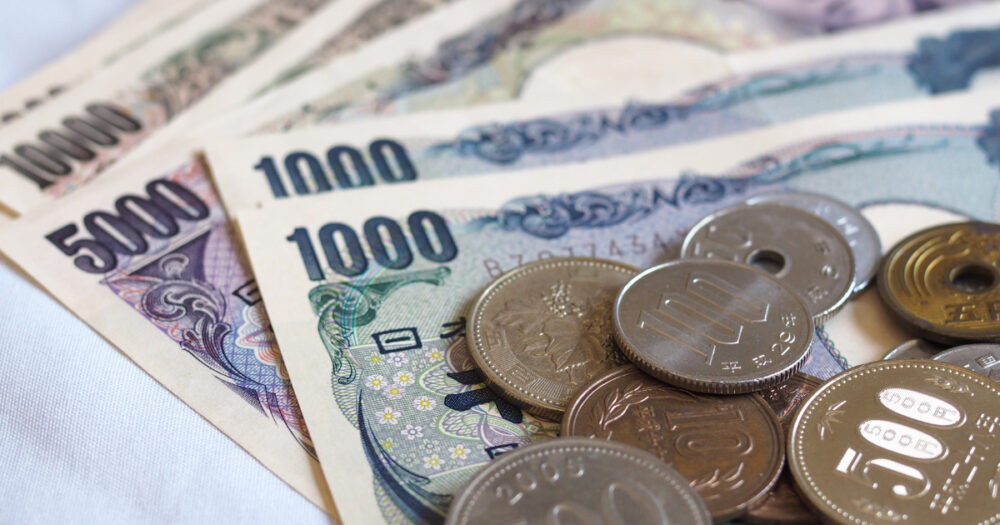The Japanese New Year is a special time for celebrating family, friends, and new beginnings. At the heart of these festivities is the tradition of ‘Otoshidama’. Otoshidama involves giving children small envelopes containing money, a practice that holds more meaning than just the giving of a gift.
Historical Roots of Otoshidama
This tradition traces its roots back to the Chinese custom of ‘Yasui Qian’, which involved giving money to protect children from evil spirits. Over time, this custom made its way to Japan and evolved into what is now known as Otoshidama.
The Practice of Otoshidama in Japan
In Japan, Otoshidama is typically presented in specially designed small envelopes called ‘Pochibukuro’. The amount of money varies depending on the child’s age and the family’s relationship to them, usually ranging from a few thousand to tens of thousands of yen. This money is meant for the children to use as they wish, often saved for future use.

Significance Beyond Money
Otoshidama is more than just a monetary gift; it’s an act of love towards the children, an investment in their education, and a wish for prosperity and good fortune. It’s a beautiful way to celebrate each other’s well-being at the start of the year and symbolizes the cultural richness of Japan.
Embracing the Tradition
If you have the opportunity to experience the Japanese New Year, embracing this unique custom is highly recommended. Otoshidama is one of Japan’s wonderful and heartwarming traditions.



